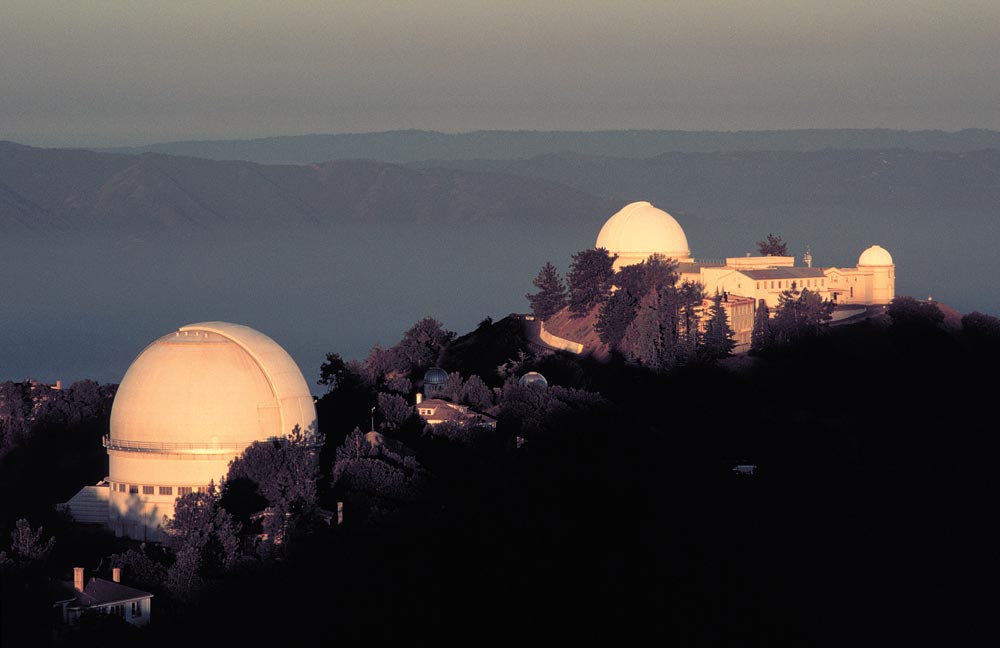
Image courtesy of One Minute Astronomer
 Copyright © Michael Richmond.
This work is licensed under a Creative Commons License.
Copyright © Michael Richmond.
This work is licensed under a Creative Commons License.
During my years as a graduate students at UC Berkeley, I had two main goals:
Because goal "A" was an on-going project, I used an existing, manual telescope (the 40-inch Nickel Telescope at Lick Observatory) to carry out goal "B".

Image courtesy of
One Minute Astronomer
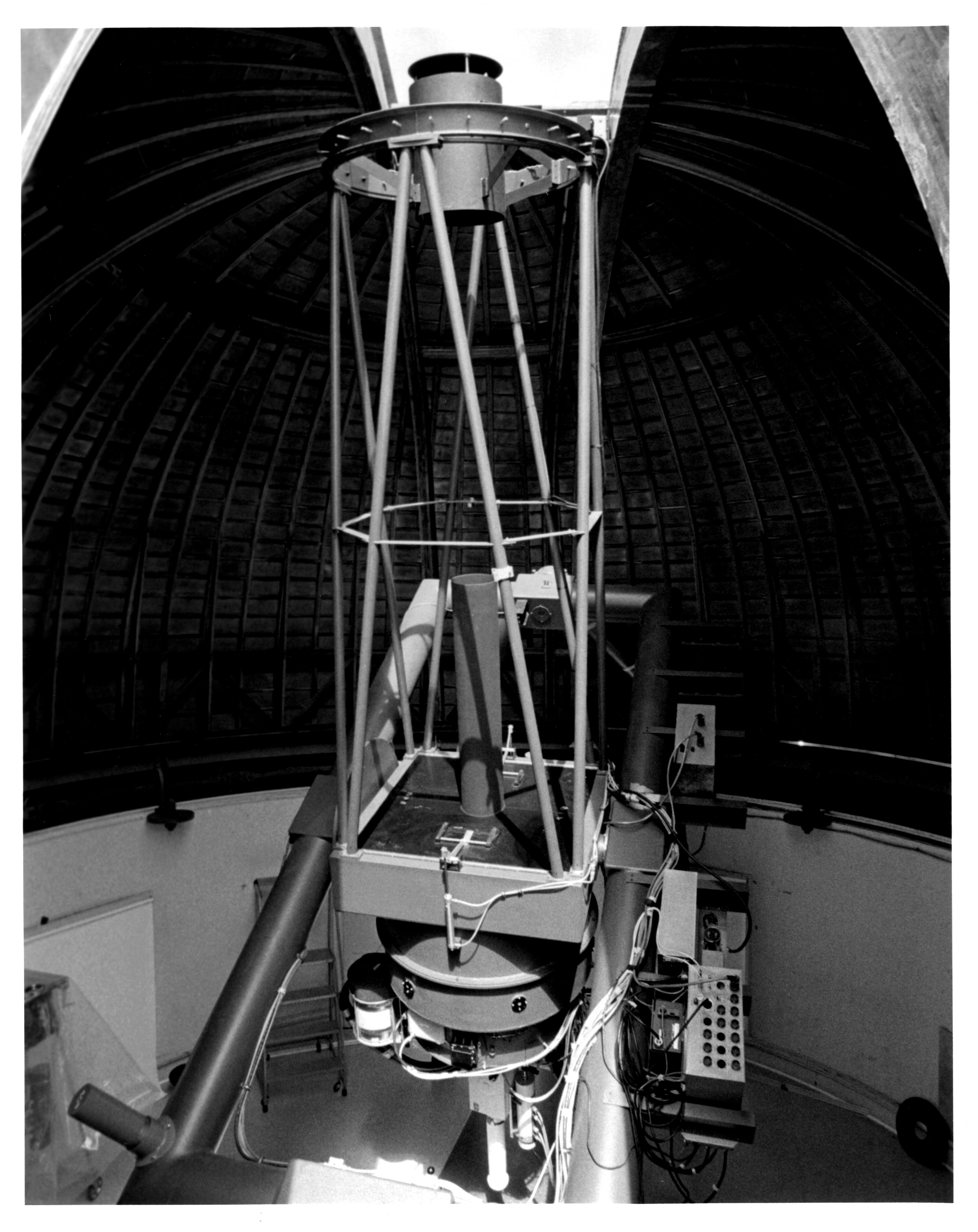
Image copyright UC Regents and provided by
S. N. Johnson-Roehr
Eventually, we did manage to automate two small (diameters of 20-inch and 30-inch) telescopes at Leuschner Observatory, just east of the Berkeley hills. After I had left Berkeley, I was still able to control the telescopes and make frequent measurements of some of the bright (for astronomers) supernovae which exploded over the next few years. For example, SN 1994D in the nearly edge-on spiral galaxy NGC 4526.
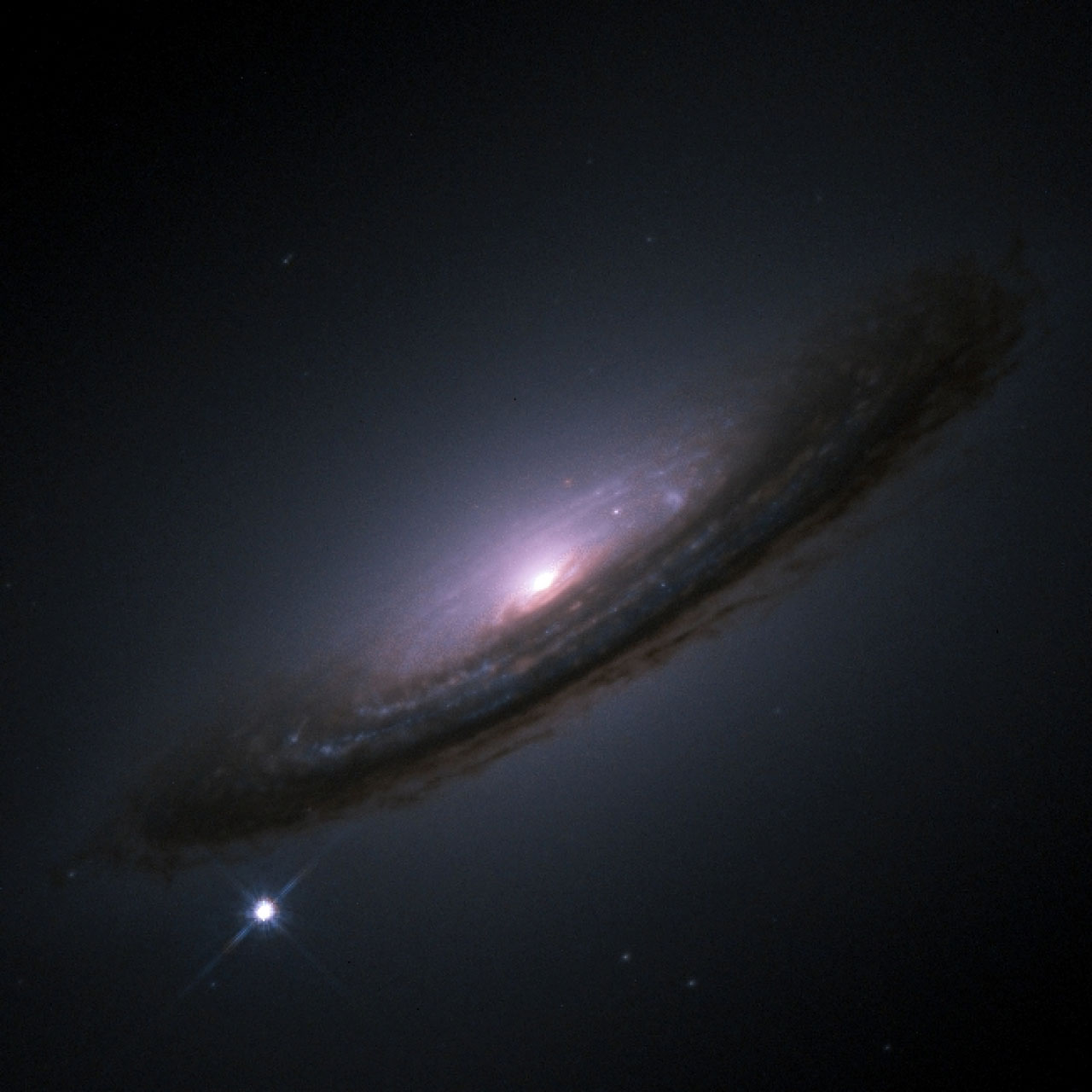
HST image of SN 1994D courtesy of
NASA/ESA, The Hubble Key Project Team and The High-Z Supernova Search Team
My specialty was measuring the brightness of a supernova from images taken by telescopes. The result was a set of light curves, showing the change in brightness over time. Most supernovae brighten very quickly, reaching peak luminosity in just a couple of weeks, but then take months to fade away.
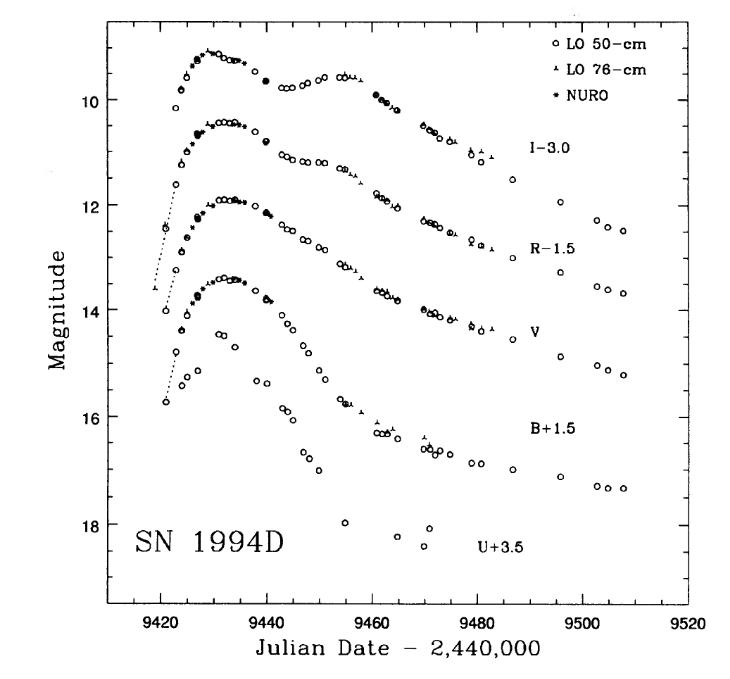
Figure 5 taken from
Richmond et al., AJ 109, 2121 (1995)
I've continued to study supernovae since then. These days, when there is an event bright enough to see from the light-filled skies of Rochester, I use the telescopes at the RIT Observatory to make measurements.

In 2011, a star exploded in the nearby, face-on spiral called M101.
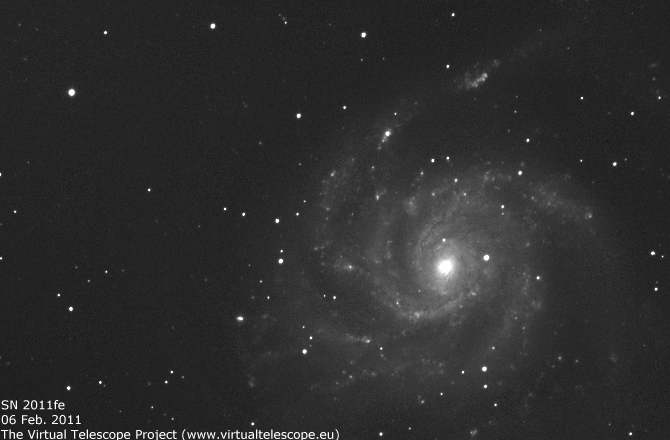
Animation courtesy of
The Virtual Telescope Project
Supernova 2011fe was bright enough for us to follow for 6 months.
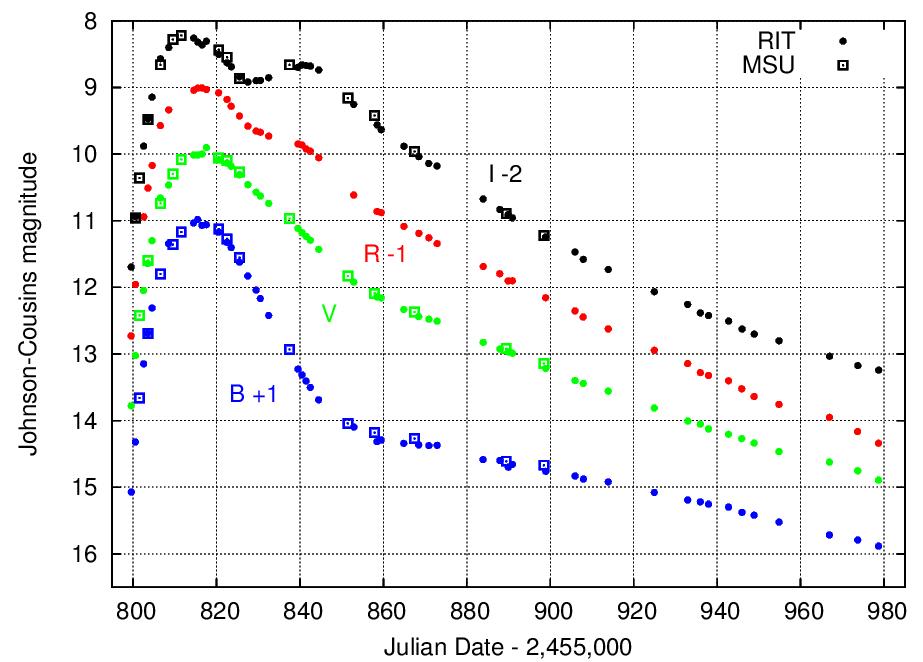
Image courtesy of
RIT Observatory
For the past few years, I've been working on a project which hopes to take very short exposures of very large regions of the sky, in order to find transient sources which appear (and maybe disappear) in just a few seconds. We think we will find some flashes from supernovae -- but we hope we'll find new and exciting types of objects, too! Click on the image below to read more about the Tomoe Gozen project.
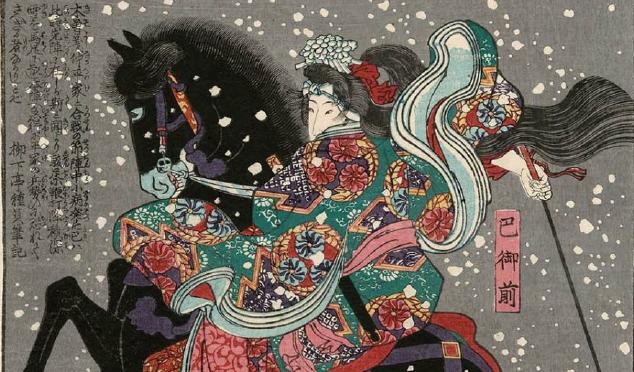
Tomoe Gozen, painted by Hiroshige; image courtesy of
the Museum of Fine Arts, Boston
 Copyright © Michael Richmond.
This work is licensed under a Creative Commons License.
Copyright © Michael Richmond.
This work is licensed under a Creative Commons License.